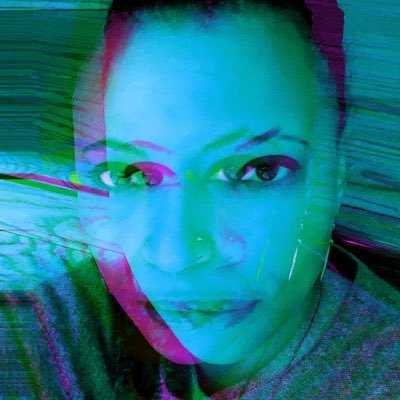Without Innovation
African American Lifeworlds and the Internet of Things
This is the second talk in a series. (The first was a TEDx talk given at Amherst College in 2013). Each talk is a speculation on a set of questions about technology, embodiment, and temporality. How can we build a future when we have already had a past? How might we account for how unremembered pasts impact the good work we desire for the future? How do we think about future in a time when futures arrive more and more quickly? What happens to metaphor? To history? In this talk I take as my conceptual starting point Angela Davis’ reading of Frederick Douglass’ telling of his own movement into human freedom, a tale that ends with his assertion that “however long I might remain a slave in form, the day had passed forever when I could be a slave in fact.” I end with a consideration of what is at stake in recognizing emergent parallels between the historical lives of African Americans and how the industrialization of the Internet has enabled our growing desire to optimize every object as intelligent extension of a masterful self. In her mapping of the distance between form and fact, between an enslaved person’s legal status as an object and his or her reflexive humanity, Davis makes her reader aware of a vast and shifting network of power, the net effect of subject-object relations in a society itself structured by inequality. In the context of my talk, this is a way of thinking about how a person might be at the center of an innovation, while at the same time remaining on the outside of that innovation, not experiencing life as the proper and ratified subject of such transformation. This is also a place for thinking about how notions of core and periphery, which had in previous generations been associated with the flow of raw materials and finished goods, is continually reified in today’s exponentially technologized and informationalized world. What would it mean to juxtapose Davis’ and many others’ explications of such networks with contemporary interest in developing new kinds of subject-object relations, in this case the Internet of Things? More than just catchy phrasing, “Internet of Things” also hints at something important about what we already imagine the Internet to be. The Internet of Things and its contingent If This Then That (IFTTT) programming standard is designed to make the control of connected objects second nature to users, and to use automation to generate feelings of intimacy by allowing the responsiveness of objects to occur through mechanisms transparent to those users. What kinds of historical precedent do we have for this collapse of distance between the digital, psychic, and mechanical worlds? And how might this serve as case study for what the digital humanities can bring to other critical traditions?
Speakers

Marisa Parham is Professor of English at the University of Maryland, where she serves as director for the African American Digital Humanities initiative (AADHUM), and is the associate director for the Maryland Institute for Technology in the Humanities (MITH). She also co-directs the Immersive Realities Lab for the Humanities, which is an independent workgroup for digital and experimental humanities (irLhumanities). Parham’s current teaching and research projects focus on texts and technologies that problematize assumptions about time, space, and bodily materiality. She is particularly interested in how such terms share a history of increasing complexity in literary and cultural texts produced by African Americans, and how they also offer ways of thinking about intersectional approaches to digital humanities and technology studies. Recently published examples of this work include “Sample | Signal | Strobe: Haunting, Social Media, and Black Digitality,” and the interactive longform scholarly essays .break .dance, and Breaking, dancing, making in the machine. She is currently developing Black Haints in the Anthropocene, a book-length interactive project that focuses on memory, haunting, digitality, and Black environmental experience. Parham holds a PhD in English and Comparative Literature from Columbia University, and is the author of Haunting and Displacement in African-American Literature and Culture, The African-American Student’s Guide to College, and is co-editor of Theorizing Glissant: Sites and Citations. She has also carried fellowships and residencies at the Huntington Library, The WEB DuBois Center at Harvard University, and the School for Criticism and Theory. From 2001 – 2020 she served as Professor of English, Faculty Diversity and Inclusion officer, and Mellon Mays program advisor at Amherst College, where in 2018 she was awarded the Jeffrey B. Ferguson Teaching award. She is also a former director (2013-2017) of Five College Digital Humanities, serving Amherst, Hampshire, Mt. Holyoke, and Smith Colleges, and University of Massachusetts-Amherst.

